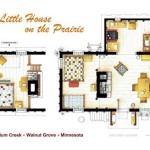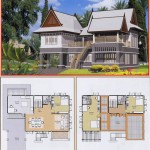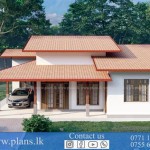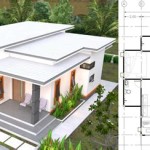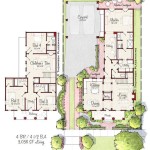Essential Elements of Historic English Country House Plans
Historical Context
English country homes, dating back to the Tudor period, evolved through centuries of architectural development. They reflect the lifestyles, economic conditions, and social hierarchies of the time.
Central Hall
A defining feature of English country houses is the central hall, the hub of the home. It served as a multifunctional space for dining, socializing, and entertainment, often featuring a grand staircase or minstrel's gallery.
Symmetry and Proportion
Classical architecture heavily influenced the plans of English country houses. Symmetry and proportion were considered essential for achieving balance and harmony. Facades often feature symmetrical wings flanking a central entrance.
Large Windows
Abundant natural light was valued in English country homes. Large windows, often mullioned and transomed, allowed for ample light and ventilation. Bay windows and oriel windows created additional space and seating areas.
Multiple Reception Rooms
Formal reception rooms, such as drawing rooms, dining rooms, and libraries, were common features of English country houses. These rooms were designed for socializing, entertaining, and displaying family heirlooms.
Private Chambers
Upper floors of the house were dedicated to private chambers, including bedrooms, dressing rooms, and nurseries. These rooms were often more secluded and offered increased privacy for the family members.
Service Wing
A separate service wing was a practical aspect of English country houses. It housed the kitchen, scullery, and other domestic spaces. The service wing allowed for efficient operations while keeping working areas out of sight.
External Features
In addition to the internal plans, English country houses are known for their external features. Symmetrical facades, decorative gables, chimneys, and towers added to the architectural character of the homes.
Sustainable Design
Despite their grand appearance, many historic English country houses incorporated sustainable design elements. Thick walls provided insulation, while passive solar design maximized natural light and warmth.
Preservation and Conservation
Recognizing their historical and architectural significance, many English country houses have been preserved and conserved. Historic England and other organizations work to protect these iconic homes for future generations.

1920s English Cottage Small Homes Books Of A Thousand R Tissington Vintage House Plans Floor

English Mansion House Plans From The 1800s Floor Country Plan

Pin On B Architecture Cottages And Bungalows

Content In A Cottage 1929 Brick English W Floor Plans From Sears

English Cottage House Plans Storybook Style

English Country Cottage Floor Plans Architectural House Blueprints

Bi S Hatfield Manor House Plans Country Floor Plan

English Cottage House Plans Storybook Style

Floor Plans English Manor Vanbrouck Associates Luxury Residential Design

On English Country Houses House Floor Plan Castle Plans Manor

